Intro to Google Ads
In the digital landscape, organic and paid content are crucial to achieve goals at any stage of the marketing funnel.
A mixed media plan usually considers one main paid platform that will focus the majority of the planned budget and that is expected to obtain the best results. To achieve this, it is essential to include Google Ads in the strategy, as they offer a higher reach, are most cost-effective, the results are easy to track and provide many types of campaigns.
Google Ads is a product that you can use to promote your business, help sell products or services, raise awareness, and increase traffic to your website.
Google Ads is the biggest ad platform for advertisers and it covers 2 main networks + YouTube
1. Google SEM (Search Engine Marketing). Some call it Text Ads, or PPC (pay per click).
2. Google Display Network
3. YouTube
Google Ads displays ads through all its products- Search pages, Websites and partner websites , Gmail, YouTube & App.
In this article, we will give an introduction to the Google Ads platform and its advantages.
What campaigns should I use?
As there are different stages where brands want to obtain more recognition, keep a constant volume of audience or obtain direct leads, Google Ads campaigns can achieve these goals separately or all together depending on the nature of the business and the target audiences.
Here are Google Ad Campaigns Types that are more poplar in the platform:
Search - These ads appear on Google search results when users search for keywords related to your business, it is important to consider appealing headlines and descriptions in order to differentiate from the rest of ads. Search campaigns are great for capturing high-intent traffic and driving direct conversions. Text ads with google is a PPC (per pay click) tactic, as you only pay when a user click on your ad and visit your website.
Display - Are visual ads that contain up to 20 images in different sizes and appear on websites within the Google Display Network, which includes not just websites, but apps and videos too. These campaigns are mostly useful for increasing brand awareness, reaching a broader audience, and retargeting users who have visited the advertiser’s website.
Shopping - Ideal for e-commerce retailers as they allow them to promote products directly within Google search results. These ads feature product images, prices, and other relevant information, making them highly effective for driving online sales; it is important to use all the assets available as these campaigns are really competitive.
Video - These ads appear on YouTube and across the Google Display Network. Video campaigns are excellent for engaging audiences with compelling visual content and can be used to increase brand awareness, drive website traffic, or promote specific products or services.
App Campaigns - If an advertiser has a mobile app, App campaigns help you promote it across various Google platforms, including Google Search, Google Play Store, YouTube, and the Google Display Network. These campaigns are designed to drive app installs, engagement, and in-app actions.
Performance Max - The future of Google Ads
What all these campaigns have in common is the competitive advantage as they guarantee visibility. The newest Google Ads type of campaign is Performance Max, powered by automation - which is based on predictive analytics-, goes one step further by increasing the reach combining these types of campaigns.
In our next blog post we will go in detail on how Performance Max is key for the management of paid campaigns and why it will be the most powerful tool of this platform. Don’t forget to check our Google Ads page and learn more about our management service for Google ads.


